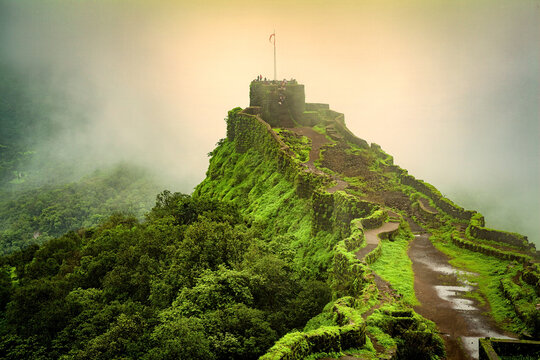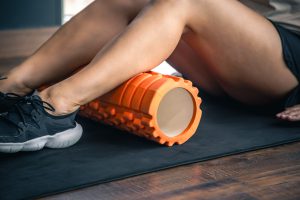
The majestic Sahyadri ranges, with their lush greenery, dramatic cliffs, and historical forts, are a dream destination for trekkers in Maharashtra. If you’re planning your first trek here — congratulations! You’re about to experience nature and history in a way that’s both thrilling and transformative. As a physiotherapist, my role is to ensure that your body is as ready for this adventure as your spirit is. Let’s get you prepared, safe, and injury-free.
Why Preparation Matters
Trekking, especially in the Sahyadris with their uneven trails, rocky paths, and steep ascents, demands more from your muscles and joints than your daily routine does. Without preparation, first-time trekkers often face knee pain, ankle sprains, muscle cramps, or post-trek soreness. But the good news is: with some simple steps, you can minimize risks and make the experience enjoyable.
Pre-Trek Preparation
1. Strengthen Your Legs: Focus on exercises like squats, lunges, step-ups, and calf raises at least 2-3 weeks before your trek. Strong thighs, calves, and glutes will support your knees and help you climb and descend with ease.
2. Train Your Core: A strong core stabilizes your body on uneven trails. Include planks, bird-dogs, and bridges in your routine.
3. Work on Balance: Simple balance exercises like standing on one leg or using a balance board can prevent ankle twists on rocky paths.
To know more about the necessity of balance training, check out our blog on balance here
4. Improve Endurance: Walking, cycling, or climbing stairs for 30-45 minutes, 4-5 times a week will build your stamina for the long treks.
On the Trek: Stay Safe & Strong
1. Warm Up Before You Start: Gentle dynamic stretches like leg swings, arm circles, and ankle rotations get your body ready for action.
2. Mind Your Posture: Keep your back straight, shoulders relaxed, and take shorter steps while climbing. Use your whole foot (not just the toes) while stepping up.
3. Use Trekking Poles: They reduce strain on your knees and help with balance, especially while descending.
4. Hydrate and Snack Smartly: Dehydration can cause muscle cramps. Sip water regularly and snack on nuts, fruits, or energy bars.
Check out trek fitness exercises from here: https://www.instagram.com/reel/Cr3HdIKIB0s/?igsh=MTBzc3Q2M3FmcGQ3Mw==
Post-Trek Care
1. Stretch It Out: Stretch your calves, hamstrings, quads, and back after the trek to reduce soreness.
Take out few minutes to stretch each day after trekking. It can be very vital in preventing injuries.
2. Apply Ice if Needed: If you feel any pain or swelling, apply ice packs for 10-15 minutes.
RICE protocol for managing swelling is considered Outdated by now; currently followed method is PEACE & LOVE. Know more about it here:
https://bjsm.bmj.com/content/54/2/72
3. Rest, but Don’t Stay Idle: Gentle walking or light stretching the next day will aid recovery.
Common Trekking Injuries & When to See a Physiotherapist
- Persistent knee pain (often called “trekker’s knee”)
- Ankle sprains
- Severe muscle pulls or cramps
- Back pain that lasts more than 2-3 days
If you experience these, don’t ignore them — visit a physiotherapist early to prevent them from becoming chronic issues.
Trekking in the Sahyadris is not just a physical activity; it’s a connection with nature and self. With the right preparation and care, you’ll not only complete your trek but also enjoy every step of it pain-free. So lace up those shoes, start your preps, and let the mountains call you!
Happy trekking and stay strong!
Find a testimonial from one of our trek success stories here:
Dr. Shreya Mane (PT)


